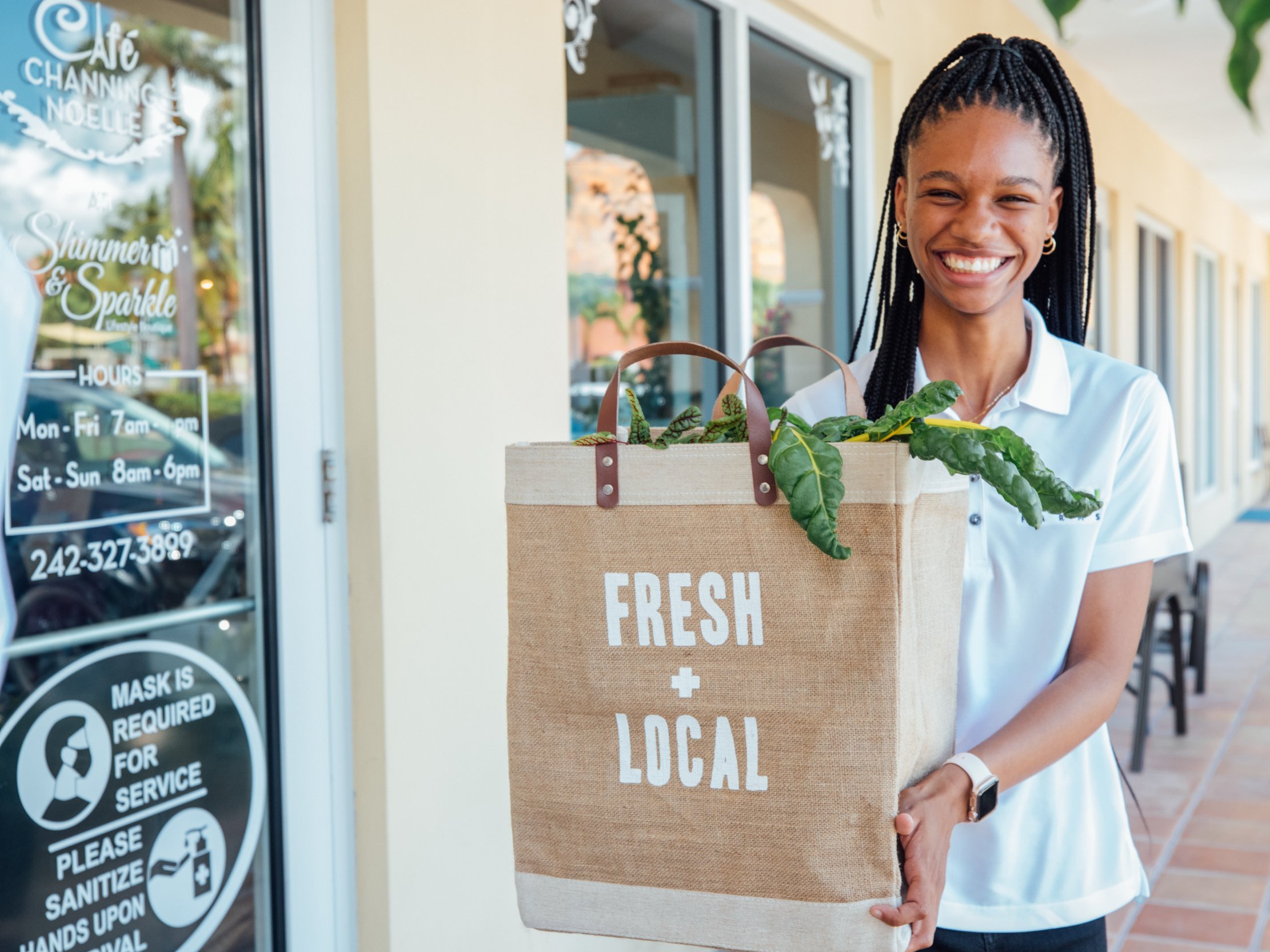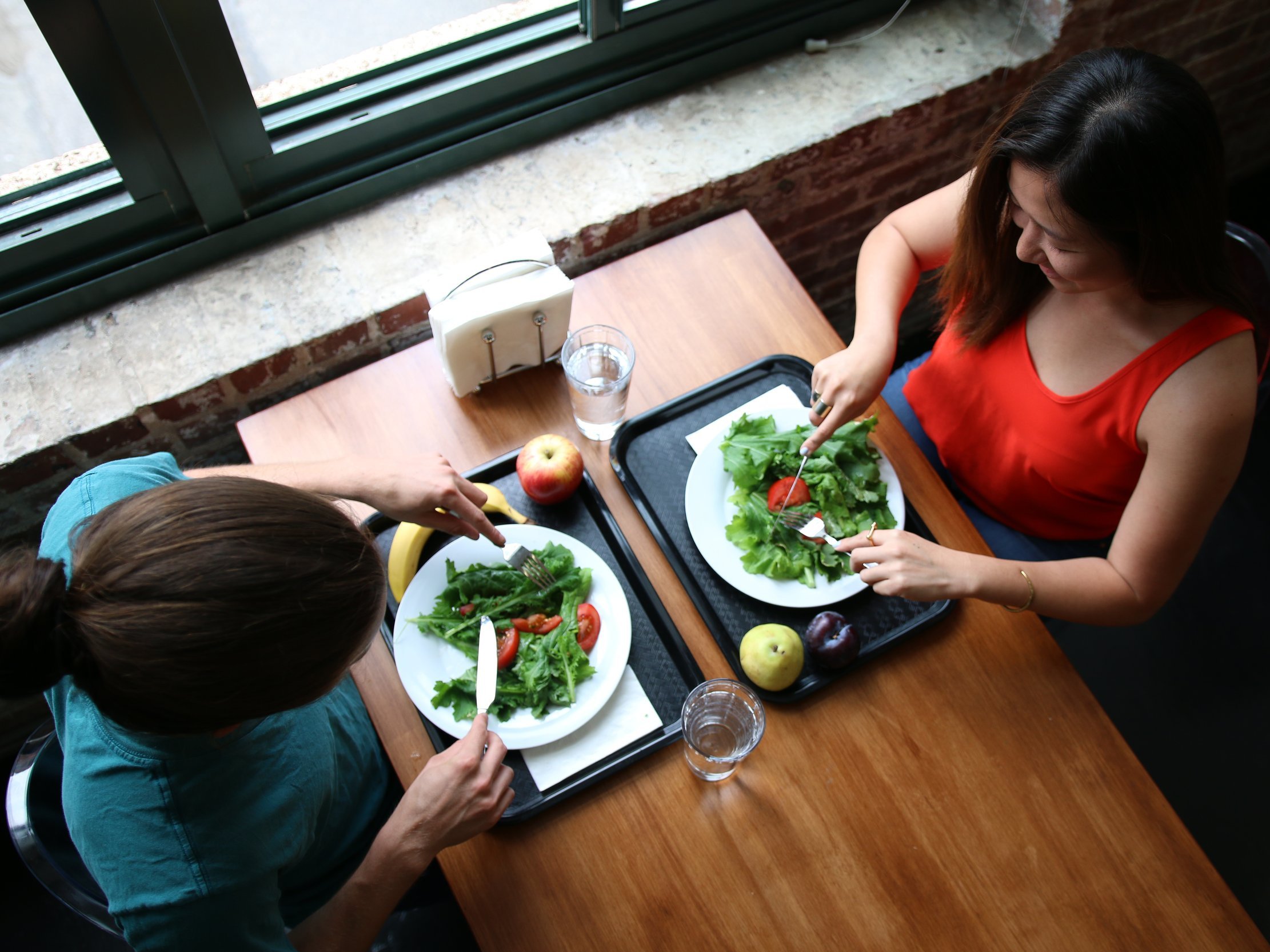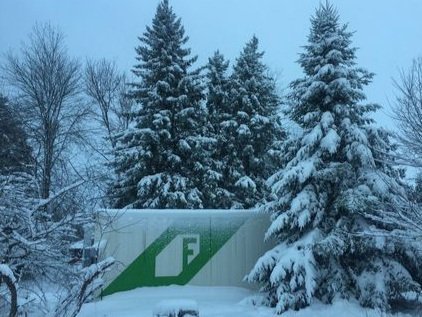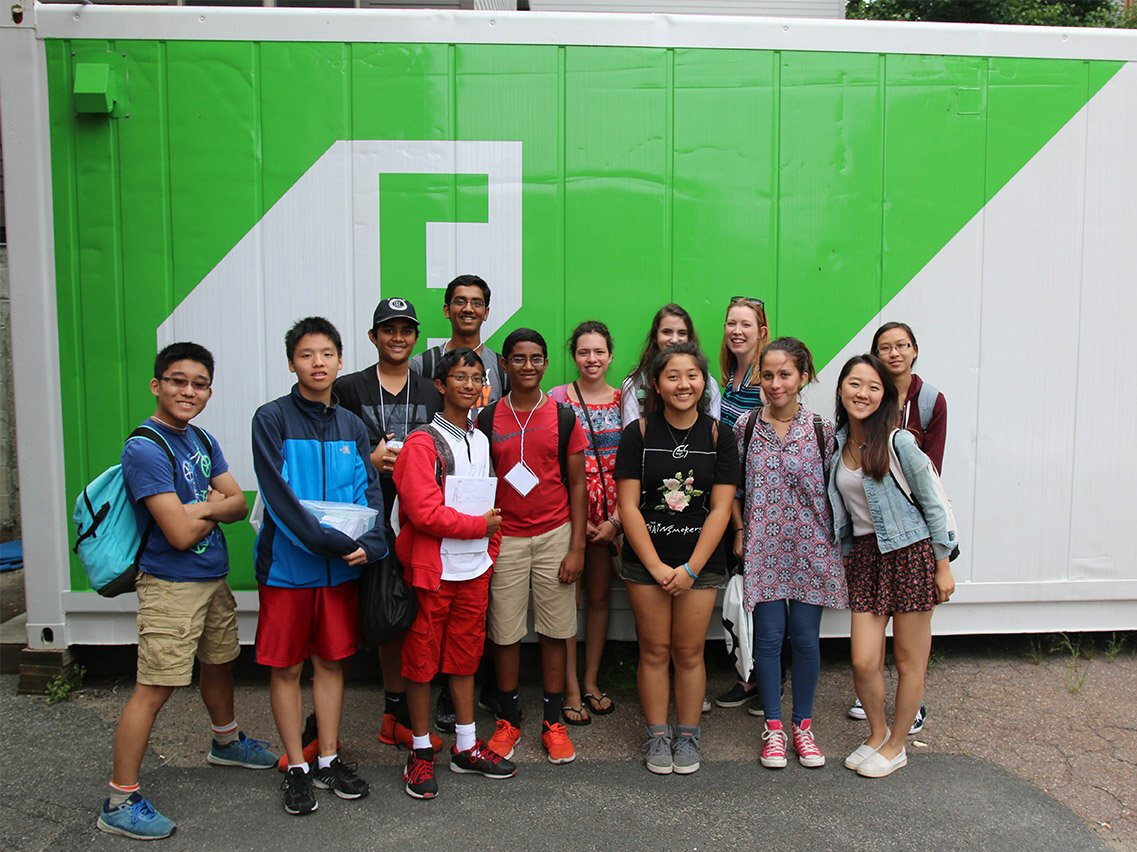Why 2022 Is the Year to Start Growing Local
Now Is the Time to Start a Hydroponic Farming Business
Of course, we’d say that. We build hydroponic vertical farms, after all. But it’s more than that — national and global trends show that the public is more inclined than ever to eat local and healthy, and environmental conditions are consistently becoming more extreme. Plus, there’s funding to back sustainable farming businesses and initiatives. We stand by our claim: There’s never been a better time to start. Let’s examine why.
Buying Local
A 2021 study conducted by the International Food Information Council (IFIC) found that three in every four Americans make an effort to support their community, including 25% of respondents who make an effort to buy from local farmers.
The study examines the impacts of the COVID-19 pandemic on Americans’ eating and buying habits, and many of the findings directly relate to the business of growing food and selling locally. COVID-19 marked a rise in connection to community after decades of becoming more distant as we were increasingly consumed by social media more than our immediate surroundings.
In contrast to pre-pandemic tendencies, an October 2021 analysis of global consumer trends released by nutrition leader ADM reports that an astounding 58% of consumers worldwide say that the pandemic has increased their focus on locality.
The message is clear: buying local is on the rise. But according to a 2021 USDA survey, local food farmers account for less than 9% of all farms. As a small farmer selling to local consumers at restaurants, farmers markets, and directly to consumers, you and your vertical farm could be at the forefront of the trend and filling a need in your community.
Healthy Eating
Diets, health trends, and superfoods have always had fads and falls, but the arrival of COVID-19 correlates with some interesting nutrition trends.
IFIC found that 60% of Americans are currently striving to eat healthily. Furthermore, the study found that, second only to weight loss, the majority of people who try to eat healthy do so in order to protect their long-term health. After nearly two years grappling with a global pandemic that left no life untouched, it is logical that Americans are more attentive to their health than they may have been pre-2020.
ADM backs up this notion and shares that the pandemic has accelerated consumer movement toward a “flexitarian,” plant-based lifestyle: “A flexitarian approach to eating has become mainstream as consumers look to functional, wholesome, plant-based nutrition to support healthy, environmentally friendlier lifestyles….This is being fueled, in part, by COVID-19.”
Hmm. Plant-based? Healthy? Yep, sounds like two things that plants from a hydroponic farm have on lock. And as a bonus, farmers growing in hydroponic container farms have the ability to manipulate farm conditions to achieve specific nutritional qualities. Plus, plants’ nutrition quality begins to deteriorate as soon as they are harvested; as a hydroponic farmer growing food right in the community, your produce has a shorter distance to travel, and will lose less of that health power. In other words, your plants have a big leg up over grocery store greens.
Environmental Sustainability
Sustainability is more important than ever. ADM’s analysis found that attentiveness to sustainability has increased in 47% of global consumers. IFIC backs this up, with findings that four in 10 Americans believe their food purchasing choices have an impact on the environment.
Using 99% less water than traditional farming, hydroponic farming certainly fits the bill. There’s also the fact that the carbon footprint of local food is so much smaller than that of the produce we typically see in our food system. On average, meals in the United States travel an estimated 1,500 miles from farm to plate, producing enormous amounts of carbon dioxide as they do. Local food travels a fraction of that distance, meaning it’s better for our planet — and that’s what many customers are looking for! And while container farms run on electricity, solar hookups are strongly supported in order to power your produce with clean energy.
Furthermore, traditional farming frequently contaminates other water sources, leading to pollution and, in some cases, water that is unsafe to drink and may carry harmful bacteria such as E. coli, a subject which we cover in a previous blog post. Container farming is a closed-loop system, leaving no chance for nutrient runoff and contamination — better for us and the planet!
Beyond its sustainability virtues, container farming is, at this point, more practical for our current environment. The frequency of natural disasters has significantly increased over the past 50 years. Climate change and extreme weather have spurred droughts and wildfire, hurricanes and floods, and unreliable weather with unseasonable days that are searingly hot or blisteringly cold. This makes traditional agriculture — out in a field, reliant on the proper dosing of sun and rain and a certain temperature range — quite risky. Take the Bahamas, where frequent tropical storms threaten to wipe out entire fields of crops, as an example.
In contrast, the hydroponic container farm is a veritable fortress. In the middle of a blizzard, it’s perfectly warm inside; during monsoon season, the farm’s humidity remains at ideal levels. With built-in A/C, heating, ventilation, and humidity control, it’s always perfect growing conditions inside; farmers are growing in Freight Farms’ Greenery™ S container farm in climates as cold as -40ºF and as hot as 120ºF.
Funding
Chances are that you agree with us: it’s easy to get excited about the idea of a vertical farm. What may be more challenging for you is the question of how to fund this endeavor. We have good news: trends suggest that funding is on the rise, and hydroponic container farming fits right in.
Small Business Loans
For small business farmers, the chances of getting a loan are up. Credit Union Times reported in June 2021 that, “2020 was a blockbuster year for credit union business lending and there appears to be no easing in 2021….Per [National Credit Union Administration] Call Report data, the number of commercial loans funded by credit unions compared to 2019 was up by 12% with the dollar amount of commercial loans funded last year up by 22%.” The article goes on to mark the resurgence of small businesses after the initial pandemic shutdown, as well as the rise of hyper-localization. Lending institutions are already preparing to finance these growth areas; as a future hydroponic farmer, you just have to jump in.
Food Security
In the area of food security, millions of dollars in new grant funding have been announced in an effort to combat the pandemic’s effects on world hunger. Food security was severely worsened due to COVID-19. As reported by World Bank, 2.37 billion people did not have adequate food access in 2020, an increase of an astonishing 320 million people since 2019.
Worldwide, the Global Agriculture and Food Security Program announced $121 million and $30 million in new grants for governments and producer organizations, respectively, to “strengthen sustainable, inclusive, and resilient food systems in the world’s poorest countries, in response to rising food insecurity linked to COVID-19 and climate change.” The funding has been allocated to countries such as Bangladesh, Honduras, and Niger.
In the US, new funding has been announced as well. For example, in Massachusetts, $13.2 million in grants were awarded to address pandemic-induced food insecurity and build a more resilient food system. Similarly, Michigan has $500,000 in grants to “advance stronger and more just food systems in the wake of food insecurity,” and the city of Phoenix, AZ, alone has allocated $9.7 million in American Rescue Plan funds to develop a resilient and equitable food system.
Farm to School
If you’re a school or looking to partner with an educational institution for your potential farming project, you’re in luck! Farm to School grant funding, administered by the USDA, has had a record-breaking increase. In total, $12 million are available to “help expand the access to fresh, local foods and hands-on agricultural learning for children,” a press release by the USDA announced. The organization has raised its funding cap per project from $100,000 to $500,000, and is considering grant applicants that wish to develop or scale farm to school initiatives, increase the amount of local food served in schools, or plan edible garden projects — all needs that can be met by placing a Freight Farm on campus.
Sustainability
As we said above, sustainability is more important than ever — and funding trends agree. In an interview with U.S. Farmers and Ranchers, sustainability executive Candace Laing of the agricultural company Nutrien reports, “Every key stakeholder group, including investors, are focused on sustainability.”
On a local level, funding opportunities reflect this. In Vermont, for example, $3 million have recently become available through the Agricultural Clean Water Initiative Program to reduce agricultural nutrient runoff in the state — which, as we mentioned above, is an issue with traditional farming that container farms like Freight Farms’ Greenery S have the opportunity to solve.
So, join our farming revolution! If you’re looking for some more inspiration, explore 16 reasons to start container farming. And if you’re ready to get growing already, click the button below to get in touch with our sales team (or get on our email list to receive our updates).






